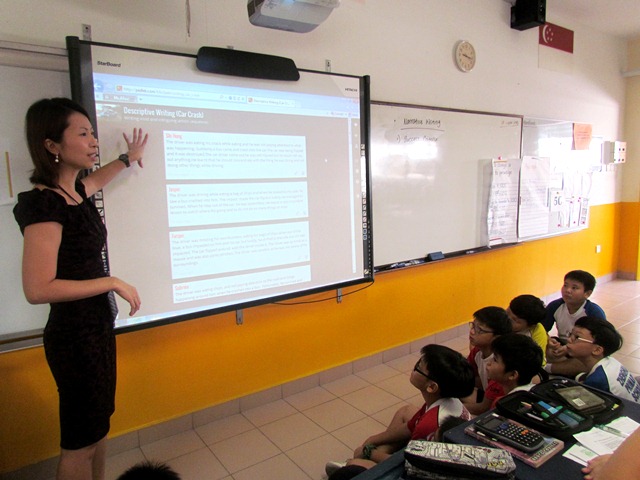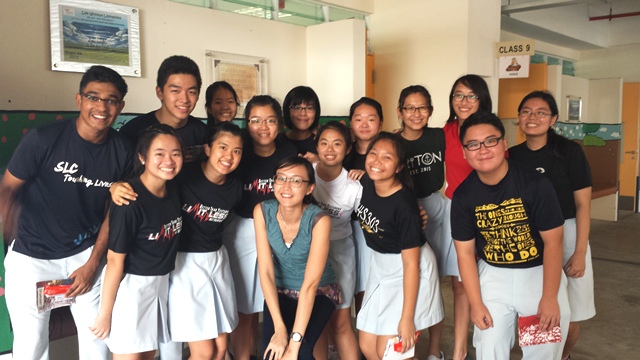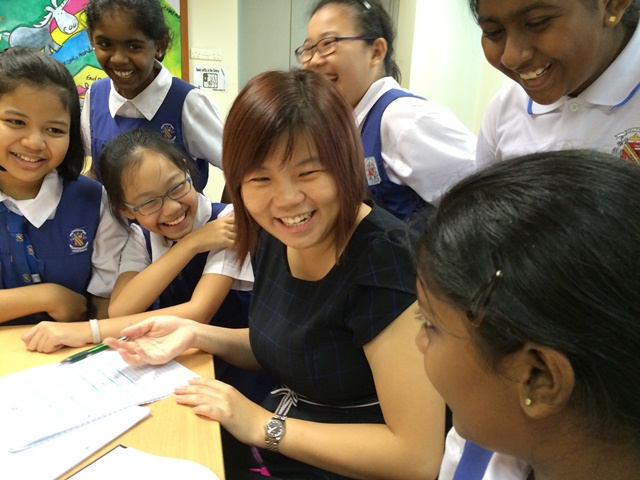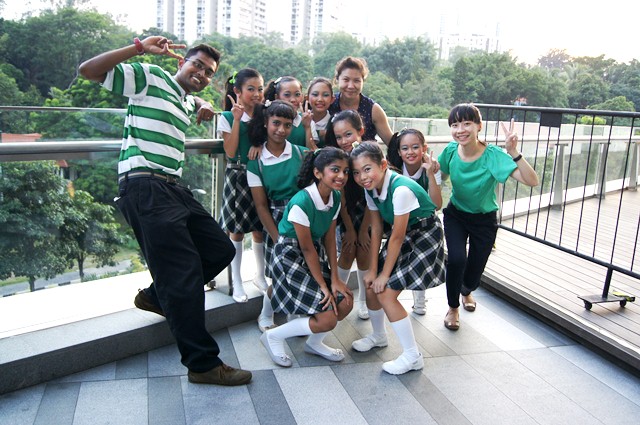Bringing the World to the Classroom
22 Sep 2015
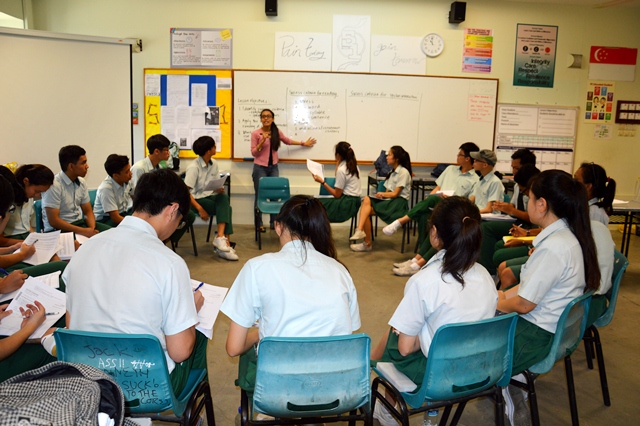
English Language teacher Ms Siti Hajar used her school holidays to teach English in Nepal. Today, she connects her students to their peers in the United Kingdom. Find out what she and her students have learned from their global connections.
Siti Hajar Binti Zainuddin, Outstanding Youth in Education Award 2015 Finalist
Hillgrove Secondary School
Upon entering the Year 10 classroom, I froze. More than 50 boys and girls from the
That was when I realised the challenge that was in store for me – I was going to spend the next week engaging a huge class in the learning of English Language with just a marker and a small whiteboard. No visualiser, no screen, no projector.
Fortunately, all I had to do that day was introduce myself and observe how the students learned English in Mr Gopal’s class.
Every child can learn
Despite the tight squeeze, the students sat upright and often responded with a loud and firm “Yes!” whenever Mr Gopal asked if they had understood what he had said. They each had a textbook and an exercise book in which they furiously copied down everything Mr Gopal had written on the board during the lesson.
When the time came for me to teach, I brought out a copy of a Singapore newspaper to discuss some articles. The students’ eagerness to learn was evident as I brought my country to their classroom.
My experiences in Nepal have reaffirmed my belief that every child can learn and students can be happy and enthusiastic about learning. With that resolve in mind, I told myself that I didn’t want my students to merely understand a passage, but to find out more about its function in the real world. Other than making learning authentic, I want my students to learn about the world, whether beyond the borders of
Global citizenship
To me, a global citizen is one who is exposed to issues around the world, makes connections and appreciates the similarities and differences between the local context and global issues, and thinks of ways to tackle these issues. While we live in a country which is safe and progressive, we never know if this will change in the future. Therefore, I find it pertinent for Singapore educators to prepare students to be responsible global citizens so that they are better equipped with the skills and values to survive in an interdependent world.
Every child can learn… to be a global citizen
To develop students into global citizens, I initiated a Connecting Classrooms project – spearheaded by the British Council – with Hayes School in the UK in 2014. I had visited the school on a teacher-exchange programme the previous year and was keen to maintain the link. One may wonder what two groups of students can learn from each other that they can’t learn on their own. Plenty – especially when they’re 11,000km apart.
The eight-hour time difference was an issue at first. By the time the UK students began their lessons, curriculum time would be over at our end. However, as teachers from both schools were equally keen on seizing the learning opportunity for our students, we managed to fix a time for our first-ever video conference.
As the session involved the discussion of global issues such as sustainable living, my colleagues and I guided the students to come up with ideas and possible questions to ask their UK counterparts. With the support of an amazing ICT team, we managed to have a few dry runs and tested several ICT platforms to ensure that the video conference would run smoothly on
The day of the video conference soon came. My students felt a sense of trepidation and anxiety when they faced the computer screen, waiting to see their new friends. However, once the video conference started, the anxiety disappeared and smiles and occasional laughter ensued. During these sessions, students asked one question after another.
When Pauline* asked the Hayes School students how foreign students assimilated into their school, we were surprised that they didn’t have any! When discussing the various consequences for challenging students, another student asked, “Oh, the schools over [in
Through these sessions, my students became more aware of global issues and learnt how to view them from different perspectives. I never knew the impact the sessions had on my students until a student came up to me and said, “Ms Siti, thank you for the opportunity! I want to speak with them again because it ended so quickly!”
It was rewarding to know that my students enjoyed interacting with their UK friends and learning more about their views. Some students even volunteered to join the next video conference.
To deepen my students’ understanding of global issues, I worked with a colleague to mentor and guide them to write articles of their interest for newsletters in collaboration with Hayes School. We scrutinised notes taken during the video conference so that our students could examine the issues more critically. Although the process was tedious, our students felt proud to be part of the collaborative newsletter, especially when they received the newsletter and learnt that it was published on the school website.
Since I can’t take my class around the world, I had to bring the world to my classroom. Other than the Connecting Classrooms project I showed videos about the war in Syria and Severn Suzuki’s speech about the
My students’ enthusiasm about the world around them extended beyond school hours. Once, Sara* found a picture of Malala Yousafzai in a magazine and shared it in our English group chat, creating an instant buzz. I watched how they were awed by her courage and applied their learning points to Singapore’s context. When Jane* wondered if Singaporeans would risk their lives for a good cause, another student remarked, “If Singapore is in trouble, I’d fight for the country, the same way Malala is bold enough to fight for women’s right to education.” It was heartening to witness a change in their attitudes – from apathy to empathy – and it was an affirmation for me to continue to mould my students into global citizens.
Teachers have the power to change the world; we lead in the seeking of knowledge. In the process of imparting knowledge, we show them how to care by exposing them to issues all over the world. At the end of it, we hope they will be responsible people who’re inspired to make a greater change beyond the classroom.
I feel fulfilled when I see students sharing different perspectives on local and global issues and displaying sensitivity and empathy. As I continue to educate them about global citizenship, I hope that one day they will use what they have learnt to play an active role in making a change to the nation. To me, it’s the start of being part of a greater community – the world.
*Actual name has been changed.

